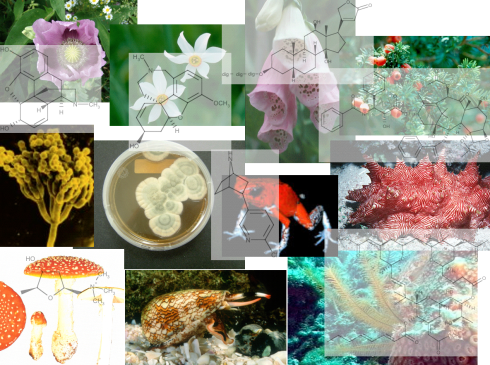MINERALS

Minerals are inorganic chemical elements that the body needs for healthy growth and metabolism.They are also involved in making hormones and enzymes. Minerals are just as important as vitamins, and in fact work in conjunction with vitamins to perform many bodily functions such as bone formation, heart function and digestion.
Many minerals are brought into the food chain of plants and animals through the soil, and the mineral content of soil varies from region to region, often leached out through poor farming methods. Some experts believe that the soil in many agricultural areas is so depleted of vital minerals that supplements are now necessary to ensure the body gets an adequate supply of some of these essential elements.
The distinction between a mineral and a trace element is the daily amount that your body needs. If you need over 100 mg of a particular element it is considered a mineral or macro-mineral. Anything less and it is considered a trace element.


 •All matter in the Universe occurs in the form of atoms of a small number of elements.
•All matter in the Universe occurs in the form of atoms of a small number of elements. Why do so many things in this world share the same characteristics?
Why do so many things in this world share the same characteristics?






